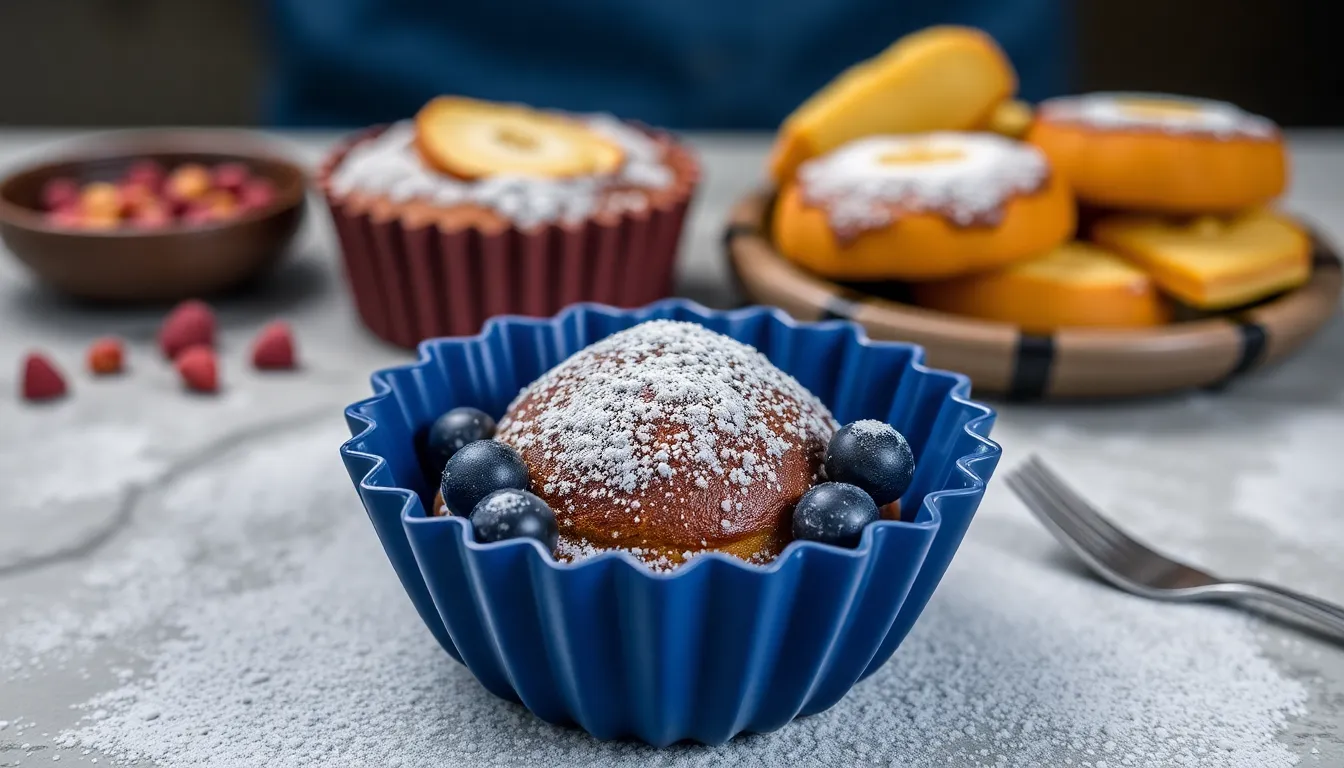>Baking Powder
## Conclusion
– Recap of the unique challenges of high altitude baking
– Encouragement to experiment and adjust recipes
– Final thoughts on the rewards of successful high altitude baking
The Best Tips for Baking in High Altitudes
Baking at high altitudes can often feel like a daunting challenge. The science behind baking changes significantly as you rise above 3,000 feet; the air pressure drops, which impacts how ingredients interact during the cooking process. If you’ve ever bitten into a cupcake that appeared perfect on the outside only to find it was a gooey mess on the inside, you know the struggles that come with high altitude baking. But don’t worry! With a few adjustments and a little understanding of the science behind it, you can achieve baking success in the mountains. In this article, we will explore the challenges of high altitude baking and provide you with essential tips to conquer them.
Understanding High Altitude Baking
Before we dive into the tips, let’s take a moment to understand what qualifies as high altitude. Generally, high altitude is defined as any elevation above 3,000 feet (914 meters) above sea level. At these elevations, the lower air pressure affects baking significantly. For instance, the boiling point of water decreases, which can lead to quicker evaporation and altered cooking times.
Here are some common issues bakers face at high altitudes:
- Dryness: The lower humidity and higher evaporation rates can lead to dry baked goods.
- Undercooked Centers: The exterior may bake faster than the interior, resulting in an undercooked center.
- Excess Rising: Baked goods may rise too quickly and then collapse.
Essential Tips for Baking in High Altitudes
1. Adjusting Ingredients
One of the most crucial aspects of successful high altitude baking is adjusting your ingredients. Here’s how to tweak some common baking staples:
- Flour: Increase the amount slightly. At 3,000 feet, add 1-2 tablespoons; by 7,000 feet, add 1/4 cup.
- Sugar: Decrease sugar to prevent excess sweetness. At 3,000 feet, reduce by 1-2 tablespoons; at 7,000 feet, decrease by 1/4 cup.
- Liquids: Increase the liquid to compensate for evaporation. At 3,000 feet, add 1-2 tablespoons; by 7,000 feet, increase by 1/4 cup.
- Leavening Agents: Reduce baking powder and baking soda. At 3,000 feet, decrease by 1/8 tsp; at 7,000 feet, decrease by 1/2 tsp.
2. Modifying Baking Times and Temperatures
Adjusting your baking times and temperatures is essential for high altitude success:
- Oven Temperature: Increase your oven temperature by 15-25 degrees Fahrenheit. This helps in achieving a proper rise and structure.
- Baking Time: Keep a close eye on your baked goods. They may require less time than at sea level, so start checking for doneness a few minutes earlier than the recipe suggests.
3. Choosing the Right Recipes
Some recipes perform better than others at high altitudes. When you’re planning your baking, consider the following:
- Best Recipes for High Altitude: Cookies, quick breads, and muffins generally adapt well to high altitudes.
- Avoiding Certain Baked Goods: Cakes that are overly delicate, such as soufflés and angel food cakes, may struggle at high altitudes due to their tendency to rise and collapse.
4. Techniques for Success
Beyond ingredient adjustments, employing the right techniques can lead to success in high altitude baking:
- Mixing Methods: Proper mixing is crucial for achieving structure. Over-mixing can lead to toughness, while under-mixing can result in uneven texture.
- Cooling: Allow baked goods to cool on a wire rack to prevent sogginess and maintain texture.
- Testing Doneness: Use a toothpick or skewer to check for doneness. If it comes out clean or with a few crumbs, your baked good is ready.
Helpful Conversion Chart
| Ingredient | Adjustment at 3,000 ft | Adjustment at 5,000 ft | Adjustment at 7,000 ft |
|---|---|---|---|
| Flour | Increase by 1-2 tbsp | Increase by 2-4 tbsp | Increase by 1/4 cup |
| Sugar | Decrease by 1-2 tbsp | Decrease by 2-4 tbsp | Decrease by 1/4 cup |
| Liquid | Increase by 1-2 tbsp | Increase by 2-4 tbsp | Increase by 1/4 cup |
| Baking Powder | Decrease by 1/8 tsp | Decrease by 1/4 tsp | Decrease by 1/2 tsp |
| Baking Soda | Decrease by 1/8 tsp | Decrease by 1/4 tsp | Decrease by 1/2 tsp |
Conclusion
Baking at high altitudes presents unique challenges, but with the right adjustments and techniques, you can achieve delightful results. Whether you’re baking cookies, breads, or cakes, remember to experiment with your recipes and embrace the learning process. The joy of savoring a successful high altitude baked good is well worth the effort. So roll up your sleeves, adjust those ingredients, and happy baking!




